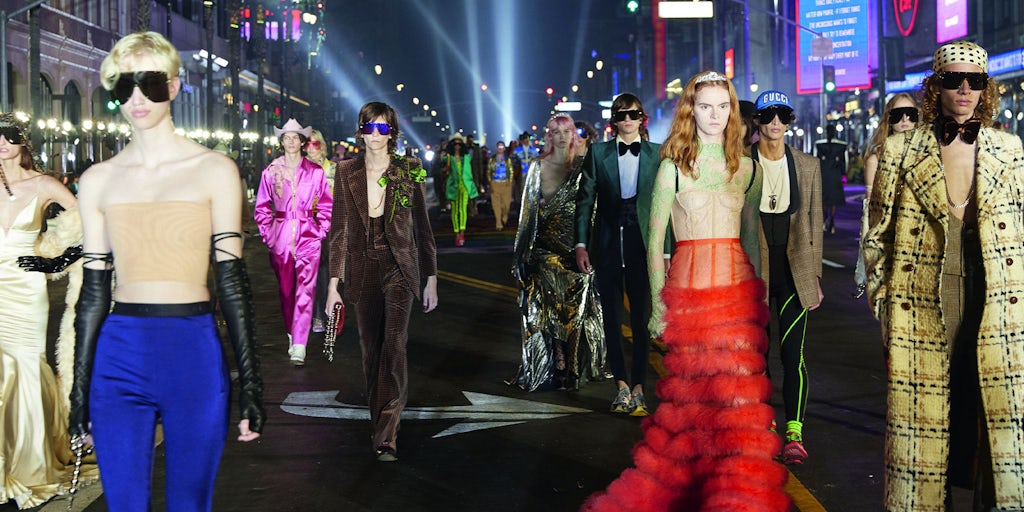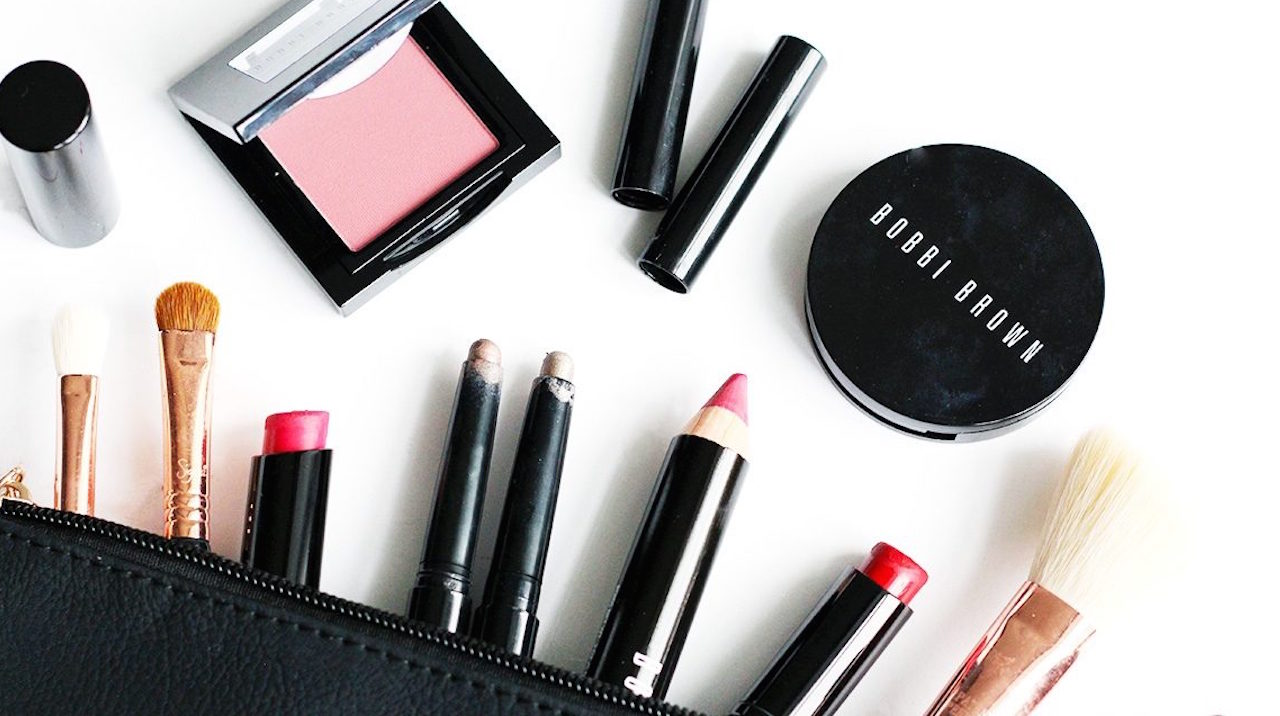Issey Miyake Dies at 84, Obituary – WWD
Japanese fashion maverick Issey Miyake, famed for his fabric innovation and bestselling perfumes, has died in a Tokyo hospital at age 84.
The cause of death was hepatocellular carcinoma, a type of liver cancer, according to a brief release from the Miyake Design Studio and the Issey Miyake Group, which added that he was “surrounded by close friends and associates” at the time of his passing.
There will be no funeral or memorial service, per the designer’s wishes.
Issey Miyake attends an event at the Waldorf Astoria Hotel in New York City on November 1, 1987.
WWD
Miyake founded his design studio in 1970 and made it synonymous with colorful, practical and innovative designs. He was one of the first Japanese designers to show in Paris and was part of a wave of designers that put the island nation on the international fashion map in the 1970s.
The designer is perhaps best known for his Pleats Please franchise, whose crimped fabrics have recently enjoyed growing popularity among men, for whom the label reads Homme Plissé Issey Miyake.
He has also launched a string of popular and innovative fragrances, headlined by his iconic L’Eau d’Issey women’s scent.
A-POC — or A Piece of Cloth — the experimental line Miyake founded in 1998, was emblematic of the designer’s search for designs that addressed the needs of contemporary lifestyles. A-POC clothes are produced in a continuous knitted tube and contain cutout patterns that the wearer cuts herself.
The designer has gradually withdrawn from the frontlines of the creative process, passing the design baton to a string of acolytes, who have continued to enliven Paris Fashion Week with lively fashion shows with elements of dance, performance and whimsy.
Designers Karl Lagerfeld, Oscar de la Renta, and Issey Miyake pose for a portrait outside the Four Seasons Hotel in New York City on April 12, 1984.
WWD
In a statement, the house said: “Never one to embrace trends, Miyake’s dynamic spirit was driven by a relentless curiosity and desire to convey joy through the medium of design. Always a pioneer, Miyake both embraced traditional handcrafts but also looked to the next solution: the newest technology driven by research and development. He never once stepped back from his love, the process of making things. He continued to work with his teams, creating new designs and supervising all collections under the various Issey Miyake labels. His spirit of joy, empowerment and beauty will be carried on by the next generations.”
Born in Hiroshima in 1938, Miyake trained as a graphic designer in Tokyo and moved to Paris in 1965, enrolling in the Chambre Syndicale de la Couture Parisienne school and going on to work for two couture houses: Givenchy and Guy Laroche.
Designer Issey Miyake poses with models. Model Romney Russo.
WWD
After a brief stint in New York City, where he worked with Geoffrey Beene, he returned to Japan in 1970 and made an immediate splash with his Tattoo Dress, an homage to Jimi Hendrix and Janis Joplin. Bloomingdale’s began buying Miyake’s pieces, and his career started to take off. By 1973, he was already moving away from traditional fabrics like wool and silk, using nylon and polyester instead.
“In 1988, I started working with pleats, and I wanted them to hold their shape and be easy to care for and to be washable,” he recalled in a 2007 interview with WWD. “In Tokyo, we are close to the manufacturer, and we can see what they are doing and what more we can do.”
His Pleats Please collection, introduced in 1993, soon became one of his most successful enterprises.
Curator Joan Quinn with designer Issey Miyake at his home.
WWD
“It takes seven or eight years for people to understand what I am doing,” he said about his A-POC project.
Miyake has been recognized with numerous awards, particularly in France and his native Japan. In 2010, Japan’s then Emperor Akihito bestowed the prestigious Order of Culture on the designer at Tokyo’s Imperial Palace. He also received the 2006 Kyoto Prize, Japan’s highest private award for lifetime achievement.
The exhibition, “Making Things,” which debuted at the Cartier Foundation for Contemporary Art in Paris in 1998 and moved on to the Ace Gallery in New York the following year, highlighted how Miyake always explored the outer reaches of technological possibility in his designs.
“Usually people think that to make clothes, you have fabric, then you sketch it, cut it, sew it and then it becomes clothing,” he told WWD at the time. “It’s a nice way, but it’s a traditional way. Maybe I’m a little contrary, but it’s enjoyable to find another way to do it.”
A model poses in a look from the Spring 1975 collection in the Paris design studios of designer Issey Miyake.
WWD
Besides his famous pleated garments, Miyake also displayed draped nylon dresses realized with a single piece of nylon and without scissors, needle or thread.
Throughout his long career, Miyake initiated a host of different labels and collections. In the late Nineties, he even established an affiliate company that backed young designers including Final Home and Tsumori Chisato.
After starting out as a section of the Issey Miyake women’s wear line in 1976, Issey Miyake Men became a brand in its own right in 1978. The label made its first appearance at Paris Fashion Week for the fall 1985 season and was discontinued with the fall 2020 collection.
Homme Plissé Issey Miyake, the masculine counterpart to Pleats Please that was introduced in 2013, enjoyed wider distribution.
Designer Issey Miyake signs a copy of his new book “East Meets West” during pre-setup for his fashion show and celebration of Studio 54’s Anniversary party.
WWD
Miyake has been showing his women’s collection in Paris since the fall-winter 1973 season.
In 2000, he introduced his modular Bao Bao bag made of triangular vinyl patches superimposed over mesh, giving it a high-tech and transformable appearance. Bao Bao Issey Miyake became a freestanding accessories brand starting with the fall-winter 2010 season











